Robotics For Beginners: How To Make A Robot At Home
Anil - Jan 08, 2020
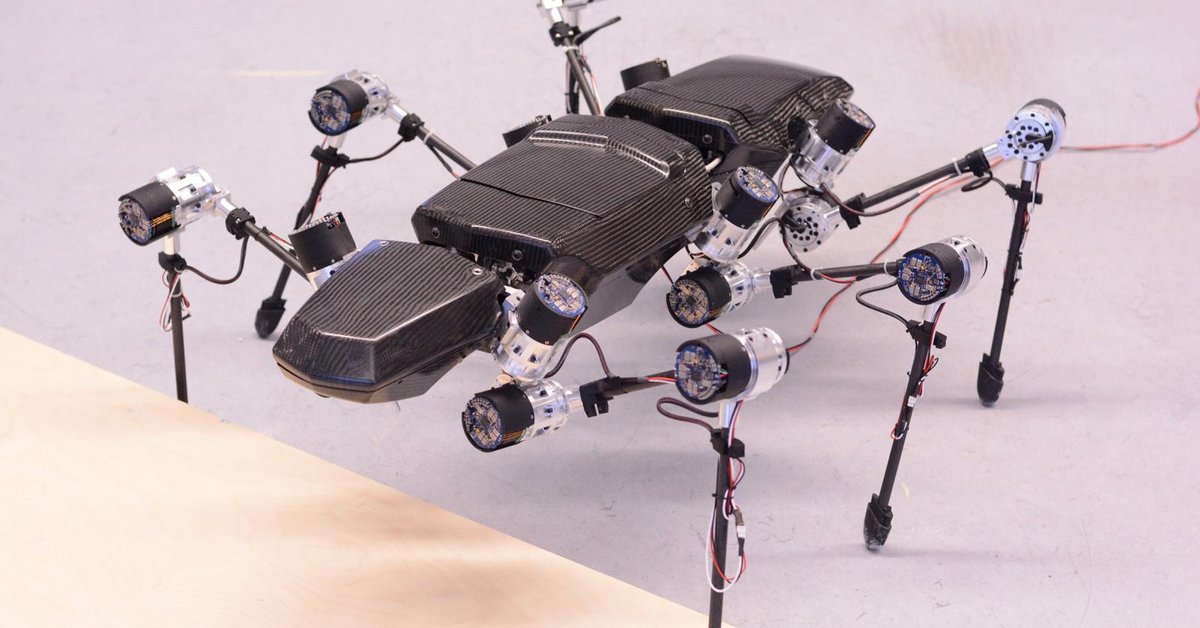
In this article, we'll learn to know how to make a robot before you intend to forge your very first robot.
- Cafe In Tokyo With Robot Waiters Controlled By Disabled Staff
- This $333,000 Robot Kitchen Can Cook 5,000 Recipes From Scratch
- Experts Build A Robot Hand That Smells Like A Woman For Lonely Men To Hold
You may once stumble upon the idea of making a robot, but even the outlining stage could make you screw up and you might not know how to make a robot. Although it seems to be a matter of self-consciousness when it comes to talent aspect, you should first stop doubting yourself and find a useful guideline to follow. So, what’s more important? - Never give up.
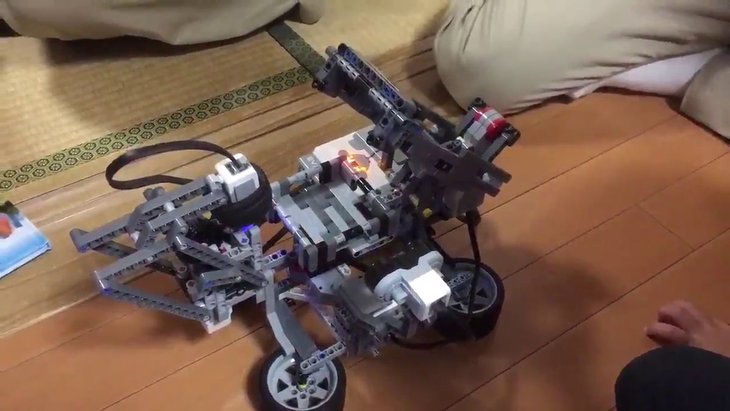
In general, we have several types of robotic systems, depending on specific purposes. For instance, there are tank-type robots, pick-and-place robots, arm robots, biped robots, and humanoid robots.
Every robot will have different key values, but they also share a mutual basic concept altogether. A professional robot could be a lot more complicated than a handmade system due to large gaps between their budgets, materials, technologies, and so on. However, robotics for beginners is not something too complicated at all.
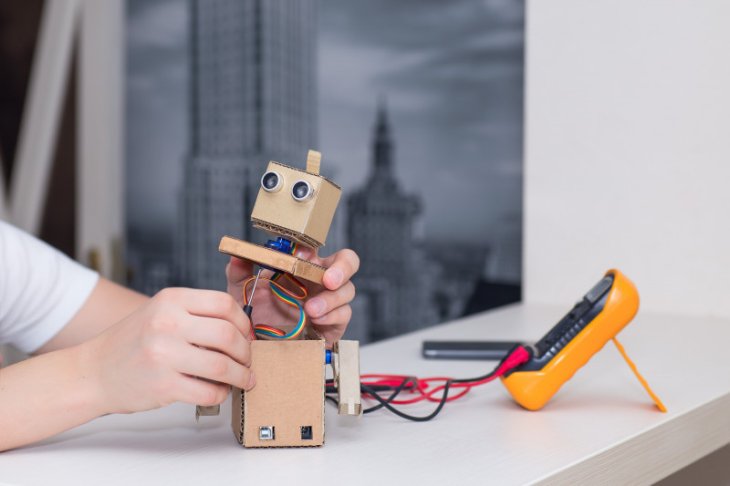
Don’t worry, you had better start everything from the ground up. Theoretically, the robot is a combination of technical puzzles and embedded software, and successfully making a robot doesn’t have to mean that you’ve created an ultra-advanced robot, but it comes to be synonymous with a strong bond between the “hardware” and “software” of the robot. So, we're here to learn about robotics basics and how to make a robot at home.
A robot consists of many electronic accessories under the hood. They are ordinarily divided into five sub-categories as below:
1. Power systems:
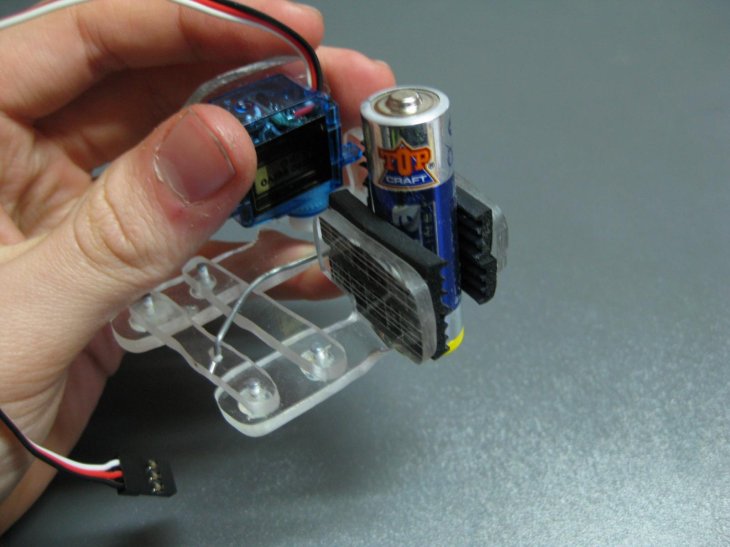
Batteries are telling examples when we talk about a power system for robots. Without electricity, robots are nothing but useless metal pieces and wires. Note that you should choose a suitable battery because a big battery also comes with extra weight.
2. Sensors:
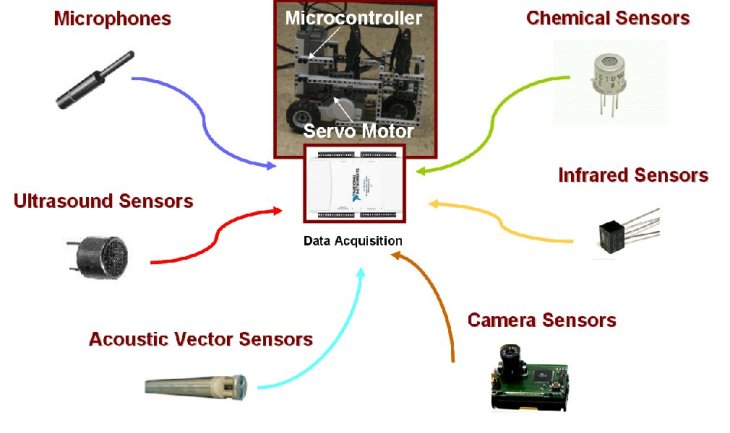
If your robot consumes “food” from batteries, they should start working. Sensors, including both analog and digital ones, are which you need to integrate into your systems. For example, using microphones and cameras for voice commands and vision, while other types of sensors are tasked with detecting the distance or even human behaviors.
3. Actuators: DC motor, servo motor, stepper motor, smart servo, etc...
An actuator is a device that helps to induce motion in the robot. Actuators can be electronic, pneumatic, or hydraulic. For smaller robots, we generally use electronic actuators, as they are easier to deal with, widely available, and inexpensive. Here are some common electronic actuators: DC motor, servo motor, stepper motor, smart servo, and so on.
They may have a number of subcategories, depending on various electronic and mechanical properties. The mechanical attributes of actuators such as speed and torque are dependent on the electronic attributes.
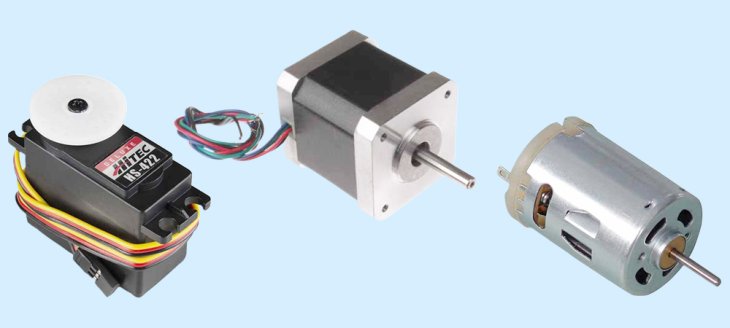
4. Microcontrollers and processors:
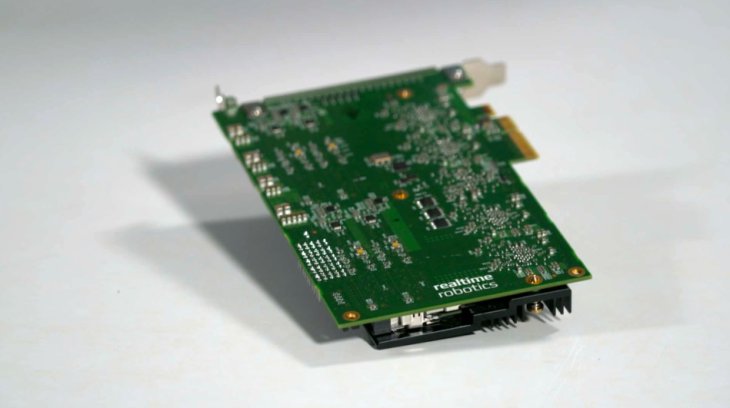
Microcontrollers and processors are the brains of any robotics system. The short and long of it is that these tiny parts will handle every movement of the robot. For your information, processors are much more potent than microcontrollers, so they’re widely used in features like path planning, mapping, artificial intelligence, and image processing.
Raspberry Pi is a notable micro-processor when building a complex robotic system, but you can find a cheap processor or microcontroller to forge your very first robot.
Final Thought
We've listed some understandings about the robotics basics and essential hardware when you start to learn how to make a robot. If you want to read more articles and guides about robots and mechanics, let keep in touch with us via Mobygeek. Thanks for reading!
Featured Stories

How To - Jul 25, 2025
Savant - Ascent REMIX Free Download (v1.2) - Electrifying Twin-Stick Shooter...

How To - Jul 25, 2025
Way of the Hunter Free Download (v1.23a) - The Ultimate Realistic Hunting...

How To - Jun 12, 2025
The Legend of Tianding Free Download (v1.01) - Become Taiwan's Legendary Outlaw

Features - Jun 11, 2025
Best VPN for PUBG Mobile 2025: Lower Ping & Regional Access Guide

How To - Jun 08, 2025
Telepath Tactics Liberated Free Download (v1.0.57) – The Ultimate Tactical RPG...

How To - Jun 07, 2025
The Mystery of Woolley Mountain Free Download – Whimsical Adventure Game

How To - Jun 07, 2025
We Need to Go Deeper – Complete Edition Free Download (v1.6.5)

How To - Jun 06, 2025
Pharaoh: A New Era Free Download – Build an Ancient Egyptian Empire

How To - Jun 04, 2025
Stardew Valley Free Download (v1.5.6) - Build Your Dream Farm

How To - Jun 04, 2025
Comments
Sort by Newest | Popular